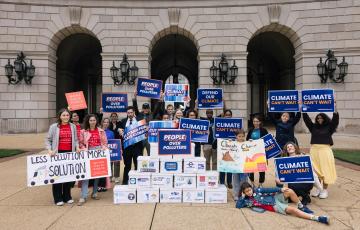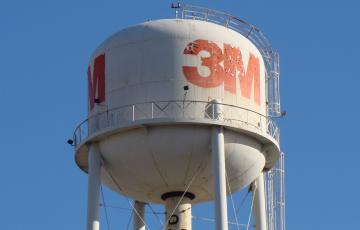blog
225,000+ Comments Delivered to EPA!
Clean Water Action recently joined Climate Action Campaign, members of Congress, and other environmental advocates to call out the Trump Administration’s dangerous climate chaos plan and its latest attack on the Endangerment Finding.





